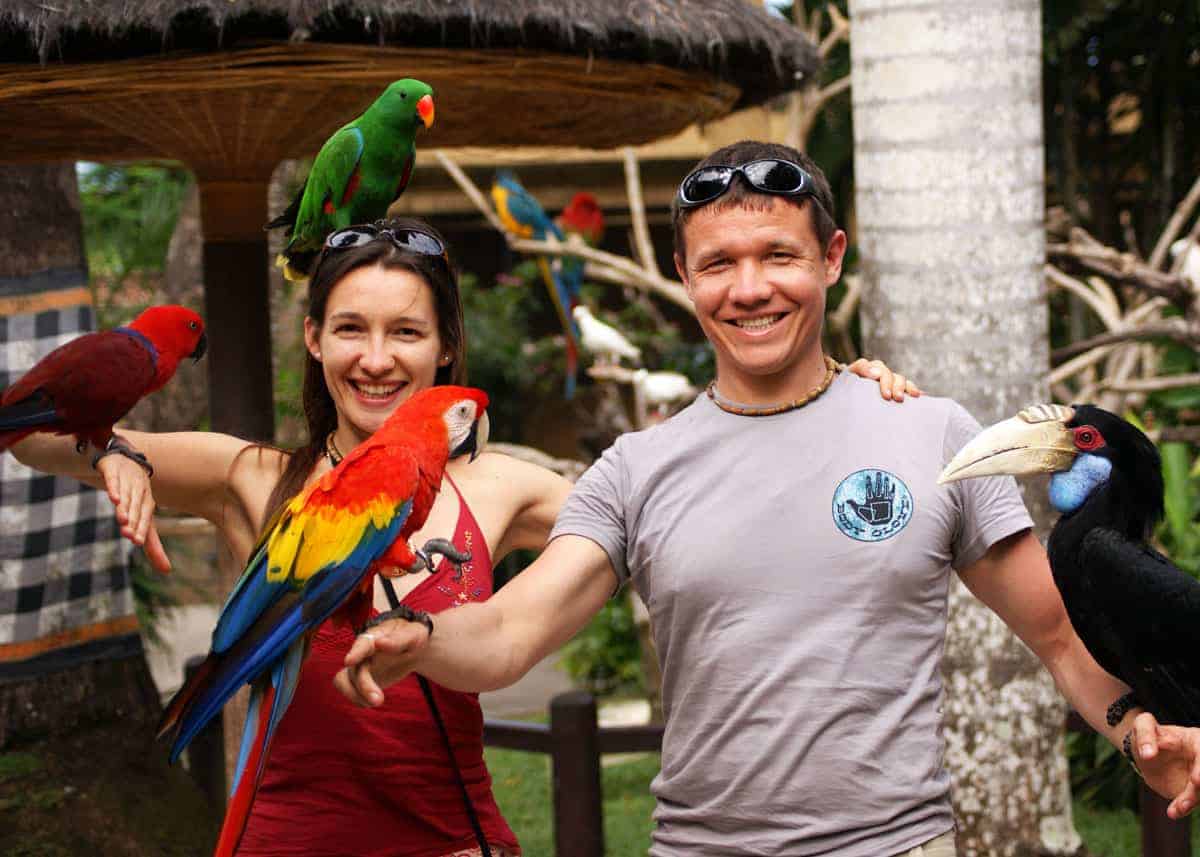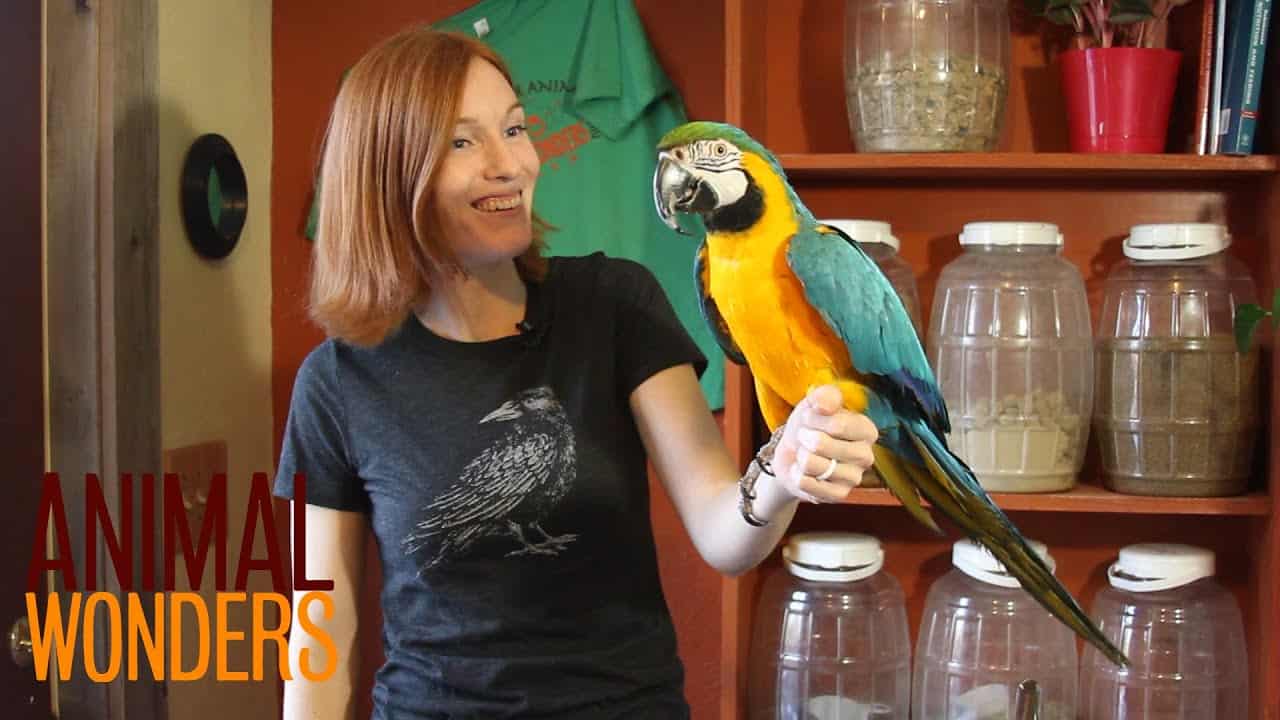A macaw can grow up to 3. 5 feet in length.
These colorful birds are among the largest in the parrot family and are native to the rainforests of central and south america. Macaws have a long lifespan and are highly intelligent, making them popular as pets.
However, they require great attention and care due to their large size and social nature. Macaws also have a loud and distinctive vocalization, which they use to communicate with other birds and their owners.
This article will explore the different types of macaws, their characteristics, and what it takes to care for these magnificent birds. Whether you’re a pet owner or just fascinated by their beauty, this guide will provide you with essential information about macaws.

Credit: storyteller.travel
Understanding The Macaw Species
Macaws are one of the largest species of parrots in the world. As a type of parrot, macaws are known for their beautiful, brilliant plumage in various colors. However, macaws are not just about aesthetics. They are intelligent, social, and inquisitive birds that demand attention and interaction from their owners.
There are different varieties of macaws, each with its own unique characteristics and coloring. Macaws have a tropical habitat, requiring a lot of space and sunshine to thrive. They live in flocks with their own species and have a lifespan up to 80 years.
Understanding macaws and their natural habitats is crucial for providing them with the appropriate care, ensuring a long and happy life.
A Look At Macaw Growth
Macaws are fascinating birds that can grow to impressive sizes. The average macaw can weigh anywhere from 2. 2 to 3. 7 pounds and measure 30 to 40 inches long. However, not all macaws grow at the same rate.
Some species, such as the scarlet macaw, can reach their full size in just a few years, while others, like the hyacinth macaw, can take up to six years to reach their maximum size. Additionally, there are differences in growth patterns between males and females.
Male macaws grow larger than females, particularly in their head and beak size. Understanding the growth patterns of different types of macaws can be helpful for owners looking to provide appropriate care and nutrition for their feathered friends.
3 Things You Must Know Before Getting A #Macaw #Parrot
Factors Affecting The Growth Of Macaws
Macaws are some of the largest parrots in the world, and their growth depends on numerous factors. One of these is diet and nutrition; a balanced diet and adequate nutrient intake promote healthy growth. Environment and living conditions also play a role; macaws require sufficient space and stimulation to develop physically and mentally.
Age and genetics are also significant, as younger birds typically grow faster than adults, while genetics dictate the maximum size potential of each bird. As such, providing proper care and attention to these factors is crucial for your macaw’s healthy growth and development.
How To Ensure Your Macaw Gets The Right Growth
Macaws are known for their vibrant colors, big personalities, and large size. These beautiful birds can grow to be quite big, with some species reaching up to 40 inches in length. To ensure your macaw grows properly, feeding and nutrition are key.
Offer your bird various fruits, vegetables, and nuts, and avoid processed foods and sugary treats. Regular vet visits and monitoring are also crucial for detecting any potential health issues. Regular handling and exercise can also promote growth, so ensure your macaw has plenty of room to move around and fly.
With proper care, your macaw can reach its maximum growth potential and thrive for many years.
Understanding The Size Of Your Macaw
Macaws are big birds; their size can vary depending on the breed. On average, an adult macaw can reach a length of 30 to 40 inches and a weight of 2 to 4 pounds. To determine the size of your macaw, you can measure its beak, wingspan, and body length.
Big macaws can be distinguished from other birds by their large head, long tail, and colorful feathers. In comparison, some macaws are smaller than others, such as the Hahn’s and noble macaws. Understanding the size of your macaw is crucial as it can impact your diet, housing, and overall care.
Knowing their size will also help you determine what type of macaw best suits your lifestyle.
Conclusion
As we wrap up, it’s evident that macaws are magnificent birds larger than life. These beautiful creatures are hard to miss with their striking colors, incredible personalities, and impressive wingspan. From the smaller Hahn’s macaw to the largest of them all, the hyacinth macaw, each species has its unique traits and charm.
Macaws may not be the right pet for everyone, but for those who are dedicated, have enough space, and are willing to commit themselves, a macaw can make a great companion. Understanding how big a macaw can get is just the beginning of the journey of owning one.
It’s important to continue to learn and research to ensure you can provide the best care for these amazing birds. They may be challenging pets, but the love and joy they bring are truly priceless.
{ “@context”: “https://schema.org”, “@type”: “FAQPage”, “mainEntity”: [] }




